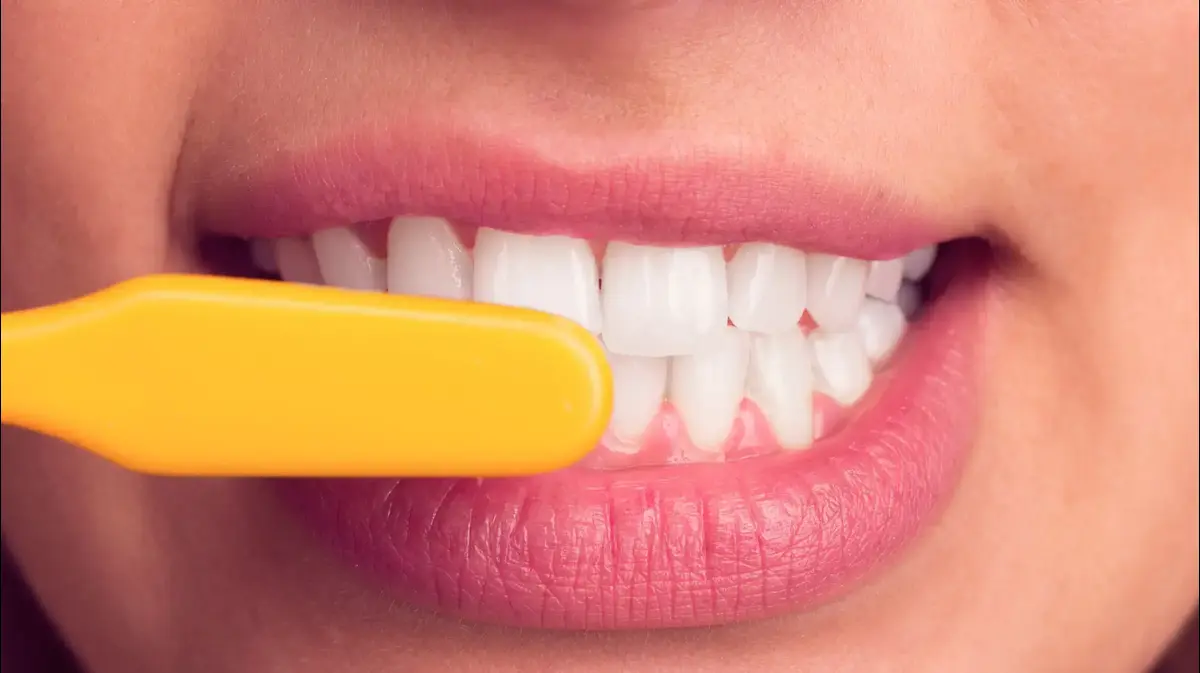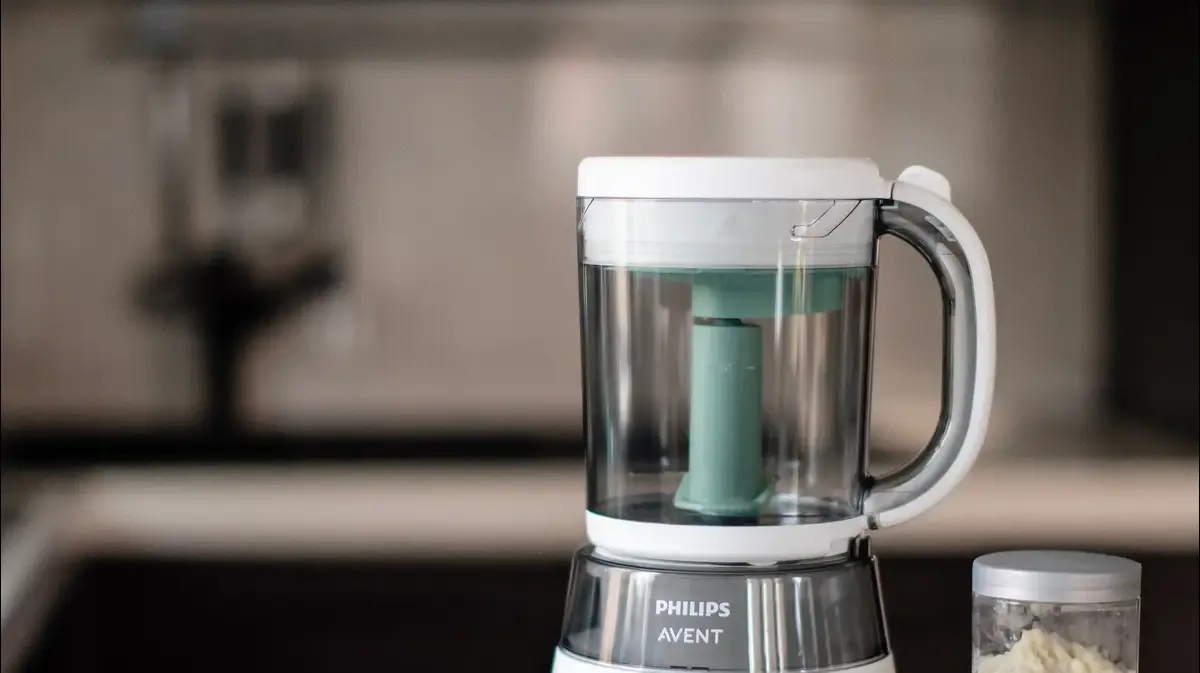health
New parents
What do you do when your baby refuses a declared bottle?
An expert explains
Feeding a baby is an element of attachment and therefore many mothers, as well as fathers, are troubled before returning to work or at all - from the transition to a bottle.
A certified breastfeeding counselor provides some advice that can be reassuring
Tags
parents
nursing
Mother milk
Tamal
Daniel Sarantsky, in collaboration with JAMA
Tuesday, October 12, 2021, 06:47 Updated: 07:18
Share on Facebook
Share on WhatsApp
Share on general
Share on general
Share on Twitter
Share on Email
0 comments
There is no doubt that it is very disturbing to find that your breastfeeding baby refuses to take a bottle, just before you really have to do it because you have to be away from it for a few hours. The reasons for refusal can be very varied and also appear in babies who have already taken a bottle in the past, but it is more common to see this in breastfeeding-based babies who enjoy it and are used to it. Nirit Olivkovich, IBCLC Certified Breastfeeding Consultant, offers some tips that can make coping easier:
The most important tip
:
Take the pressure off
Many mothers suddenly run out of deadlines and have to go back to work, fly abroad or any other absences and then due to the stress they quickly try to practice taking the bottle with the baby and then he feels the pressure. He realizes that there is a distressed mother on the other side Him in the situation is much less cooperative. If you tried twice a day a bottle and the baby expresses resentment and discomfort - stop. Give the baby a few days of rest, relieve stress and calm the spirits. You can wait a week, even two weeks, and let the process happen and then try to come back. And resume the practice.
More on Walla!
parenthood
This will create a supportive environment for breastfeeding
To the full article
The external factor in practicing with the bottle
is better to make a distinction between breastfeeding which is a relationship with the mother, and bottle feeding.
The baby, after all, recognizes the mother who is breastfeeding him.
It is highly recommended to practice a bottle when you are not present - the task can be assigned to a father, caregiver, grandmother or good friend.
Once you are present, even standing on the side and looking out the door, it stresses the system and the baby will recognize you and will, of course, prefer you.
It is better for the father to feed from the bottle.
Baby eating from a bottle (Photo: ShutterStock)
Make sure you communicate with the baby
It is important to understand that the bottle has an element of communication in it and you want to create a pleasant and non-aggressive experience for the baby. It is advisable to have a conversation with the baby at the same time as offering the bottle, for example: whoever gives the baby the bottle - will have a conversation with him. He would look him in the eye, smile at him, talk to him before offering him the bottle. This way the baby will understand that there is a close experience here even though he understands that a process of separation then begins here. The observation will allow attention to be paid to a look of distress or dissatisfaction. It is also important to identify if the baby has an irritated vomiting reflex and immediately remove the bottle.
Vary the types of bottles and nipples
An approach of bottle feeding in addition to breastfeeding is called breastfeeding supportive feeding.
It is recommended to choose a bottle with a slow flow, a short mouthpiece and a wide base, but if you recognize that something else is working - continue with it and later switch to a bottle that supports breastfeeding.
The goal is for the baby to get used to the flu and feel the milk flowing into the mouth, so there is no need to stock up on an expensive bottle brand at first and you can try even the simplest bottles.
The timing of the practice - when to start practicing a bottle?
Many mothers think that the best time to practice a bottle is to let the baby get to a point where he is really hungry and then he sure will not refuse food, but if he does not know how to do it - it just will not happen and he will stay hungry.
Therefore, do not practice in a state of hunger.
Make sure the bottle feeding is between meals, when the baby is a little hungry and not very.
It is also important to choose a time when the baby is not very tired or very irritated, but while he is free to learn.
Technical - how to do it?
Take the bottle, place it on the nose and slide it towards the upper lip, so that the bottle enters at an angle and touches the upper palate. Do not push towards the tongue as this will start to move to the sides. It is recommended to try the initial exercise with a little breast milk. You can pump 20 or 30 ml and that is definitely enough for practice. If you do not want to continue pumping, start with a combination. When the baby learns to take a bottle (with pumped milk) and understands the skill, you can combine 70% breast milk and another 30% formula. . True, your milk ingredients will be harmed but this is only for practice. Do this for two days and then turn the amounts to 50% -50% and then more formula than breast milk until you reach the full amount.
It is important to remember that babies do not have to eat bottled milk. They can drink from a glass, eat from a spoon or go straight to solids. There are so many alternatives so the pressure on the bottle is unnecessary. If you teach your baby to drink from a glass of wonder, or even a bottle of mineral water with an adjustable mouthpiece and put some milk in it - it's better than quitting work because bottle feeding does not work.
Keep in mind that even a baby who has been able to practice a bottle may go back when parting afterwards (when you return to work and the baby enters the frame) and return to the bottle strike. Sometimes it's just a mental condition and not just a technical skill and you have to accept that. Release the stress, be creative and try all sorts of things until something works. If it does not work now - it does not mean it will never work.
The Jama app was established with the aim of addressing mothers of babies from birth to age three, and centralizing for them content, activities, tips from experts and videos that will accompany them throughout this challenging period.
All the content in the app "grows" together with the baby and is precisely adapted to its developmental stages, so that the mothers receive only what is relevant to them and interests them at any given moment.
The Jama app is the place for mothers in Israel to meet and get to know other mothers around them, and create new and exciting friendships in the fascinating journey.
Search us on Google: https://app.jama.co.il/
Share on Facebook
Share on WhatsApp
Share on general
Share on general
Share on Twitter
Share on Email
0 comments


/cloudfront-eu-central-1.images.arcpublishing.com/prisa/GFO75MQJLZBQLK3HH6W3QA4RMQ.jpg)





